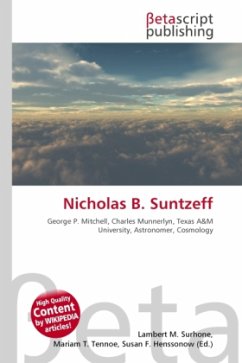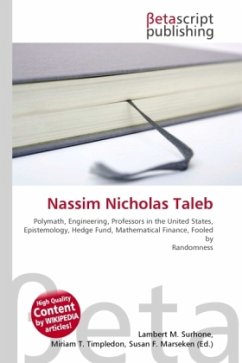High Quality Content by WIKIPEDIA articles! Nicholas B. Suntzeff (b. 1952, Berkeley, CA) holds the Mitchell/Heep/Munnerlyn Chair of Astronomy in the Department of Physics & Astronomy at Texas A&M University and is Director of the Astronomy Program. He is an observational astronomer specializing in cosmology, supernovae, stellar populations, and astronomical instrumentation. In 1986, Suntzeff working with Mark M. Phillips at CTIO used the newly-developed cryogenic CCD cameras to produce the first modern light curve of a supernova. The fundamental calibration for distances to Type Ia supernovae was invented by the Calán/Tololo Supernova Survey, founded by Mario Hamuy, Jose Maza, Mark M. Phillips, and Suntzeff. The Survey, formed after discussions at the Santa Cruz meeting on supernovae and the encouragement by Allan R. Sandage to use Type Ia supernovae to measure the Hubble constant H0 and the deceleration parameter q0, ran from 1990-95, and provided the pioneering method to measure precision distances to external galaxies, leading to a precise value of the Hubble constant.
Bitte wählen Sie Ihr Anliegen aus.
Rechnungen
Retourenschein anfordern
Bestellstatus
Storno








